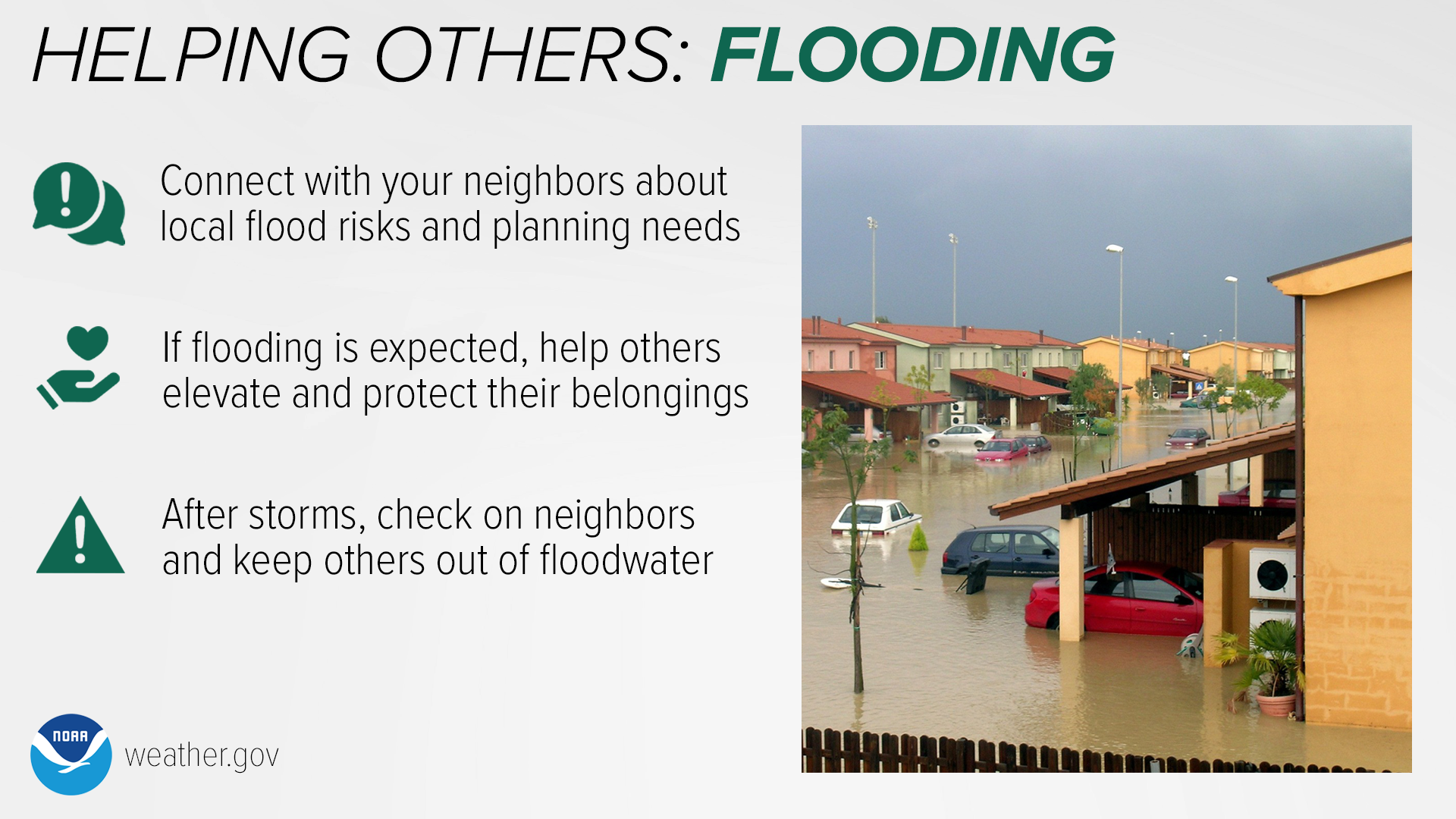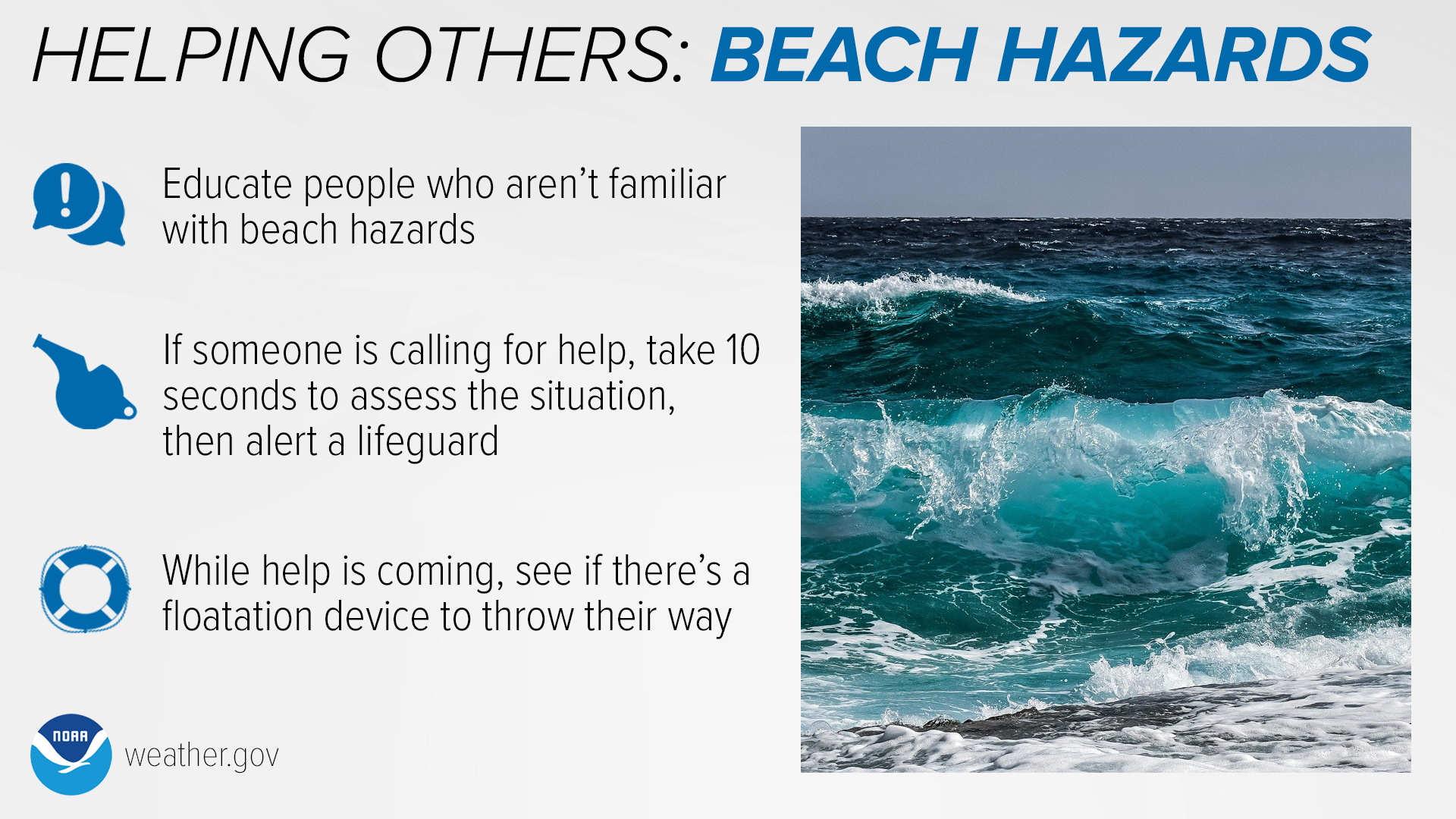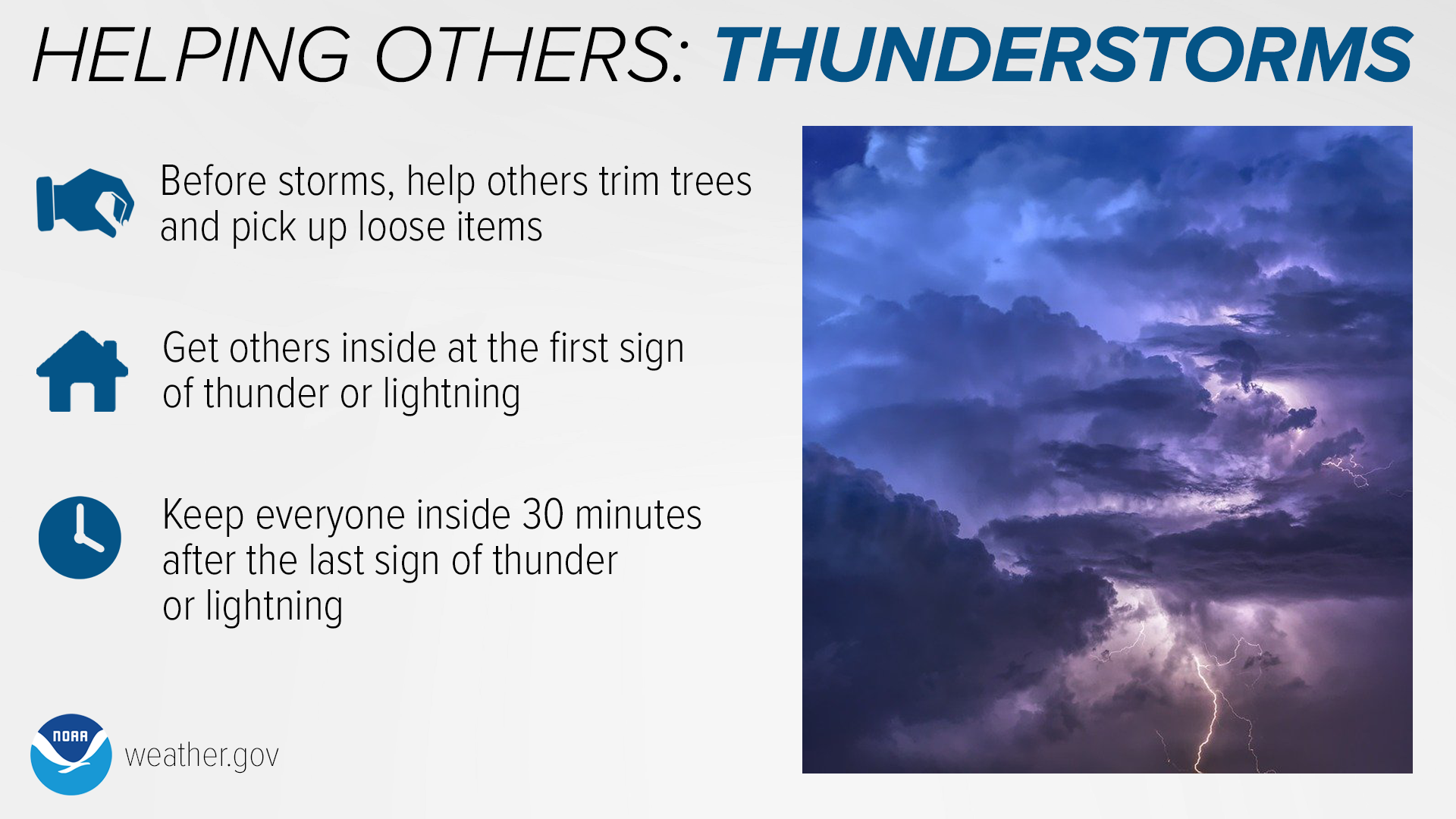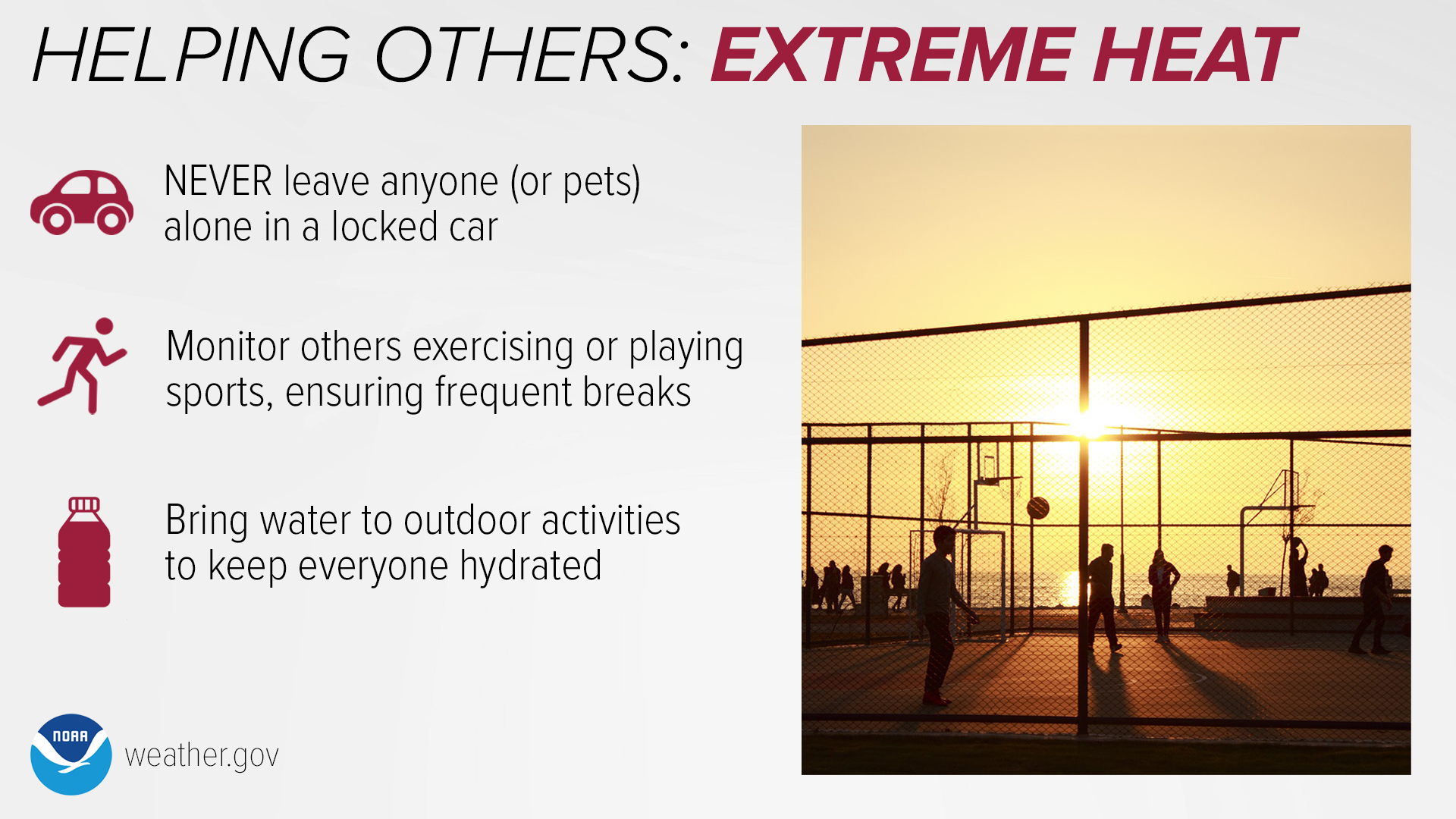News Around NOAA
National Program
It’s starting to feel a lot like spring in some parts of the country – and with that comes spring weather hazards such as flooding, thunderstorms, rip currents, tornadoes, and more. To kick off meteorological Spring on March 1, NWS launched its annual Spring Safety campaign featuring tips – in both English and Spanish – to help you and your loved ones prepare for seasonal hazards.
Check out these downloadable infographics and help us build a more Weather-Ready Nation by sharing this potentially life-saving information on your social media channels.
US Dept of Commerce
National Oceanic and Atmospheric Administration
National Weather Service
News Around NOAA
1325 East West Highway
Silver Spring, MD 20910
Comments? Questions? Please Contact Us.





